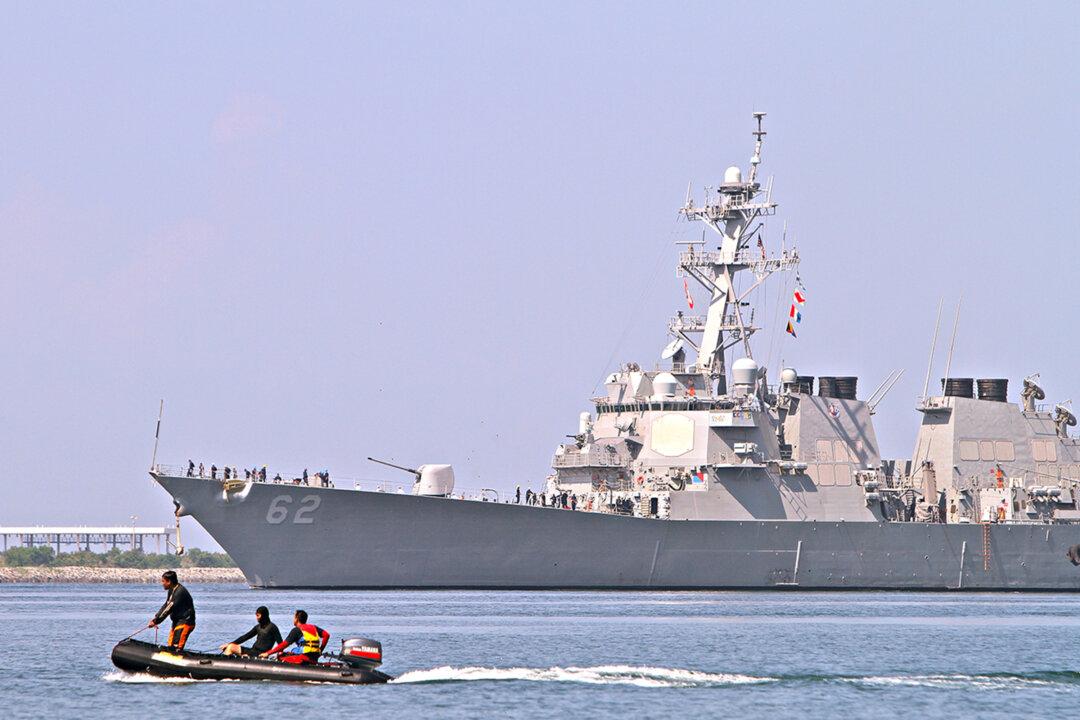Commentary
As Americans continue to suffer under a public health lockdown due to COVID-19, many of them have turned to video-streaming services to pass the time. But few probably expected to scroll through their Netflix, Amazon Prime, YouTube, Google Play Movies & TV, or Vudu and be exposed to blatant anti-American Chinese military propaganda.

